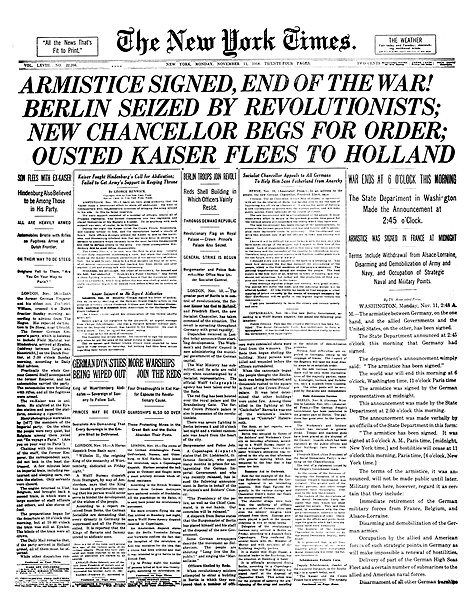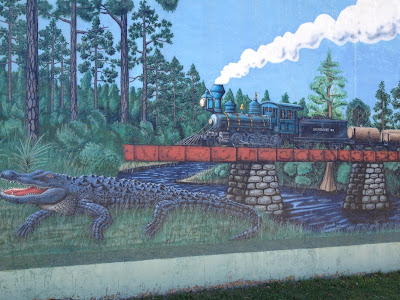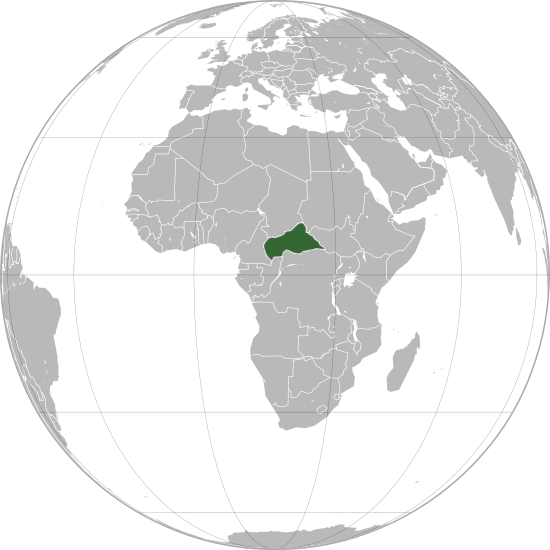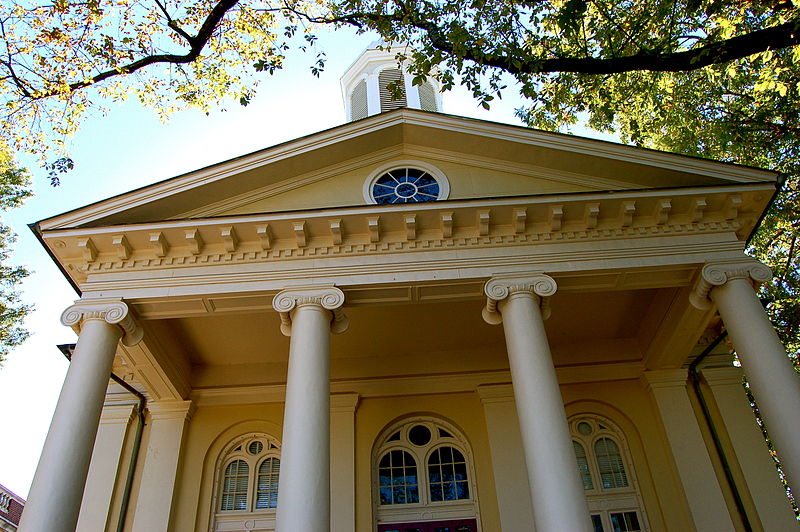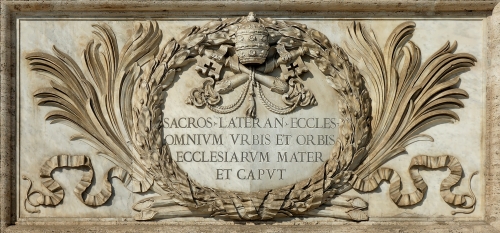 The Holy Family.
"In this regard, particular mention must be made of the powerful political and cultural currents seeking to alter the legal definition of marriage. The Church’s conscientious effort to resist this pressure calls for a reasoned defense of marriage as a natural institution consisting of a specific communion of persons, essentially rooted in the complementarity of the sexes and oriented to procreation. Sexual differences cannot be dismissed as irrelevant to the definition of marriage. Defending the institution of marriage as a social reality is ultimately a question of justice, since it entails safeguarding the good of the entire human community and the rights of parents and children alike." Pope Benedict XVI, Address to American Bishops, 9 March 2012. http://www.vatican.va/holy_father/benedict_xvi/speeches/2012/march/documents/hf_ben-xvi_spe_20120309_us-bishops_en.html
The Holy Family.
"In this regard, particular mention must be made of the powerful political and cultural currents seeking to alter the legal definition of marriage. The Church’s conscientious effort to resist this pressure calls for a reasoned defense of marriage as a natural institution consisting of a specific communion of persons, essentially rooted in the complementarity of the sexes and oriented to procreation. Sexual differences cannot be dismissed as irrelevant to the definition of marriage. Defending the institution of marriage as a social reality is ultimately a question of justice, since it entails safeguarding the good of the entire human community and the rights of parents and children alike." Pope Benedict XVI, Address to American Bishops, 9 March 2012. http://www.vatican.va/holy_father/benedict_xvi/speeches/2012/march/documents/hf_ben-xvi_spe_20120309_us-bishops_en.html
There has been much discussion of late regarding the institution of marriage and its legal definition. Amazingly, far too few seem to try to defend the traditional definition that has been the foundation of both civil and canon law on the matter. On one hand, "liberals" claim it a matter of civil rights and equality, without giving a clear and thoroughgoing new definition, while too many "conservatives" tread a libertarian line, adopting an attitude that denies the importance and duty of the state to protect family and morals. To paraphrase St. Jerome: "the world has groaned to find itself libertarian."
This blogger, then, seeks to present a few thoughts on the matter, considering, in particular both statements of the Catholic Church, but also, as this is a matter of civil law, some precedents and considerations based on American Constitutional law. My intended audience, then, is the American Catholic:
 A Door. Promote window equality!
A Door. Promote window equality!
I. In the first place, it is a particular challenge to argue matters when the turn on a consideration of fundamental definitions. If a segment of society decides that a window is now a type of door, on the grounds that "it is a hole in a wall in which people can enter and exit" is the new definition of a door, and thus windows are the same as doors. In the case of "same-sex marriage," we have an argument that something foundational in our society is to be redefined -- and a new definition, envisioned in neither our civil laws or in traditional Christian morality, is going to be introduced. Fundamentally, the new definition radically alters what a family is, what the purpose of marriage is, and ignores the traditionally understood right of a child to be naturally conceived and raised by its parents. It can be hard to explain what is wrong with sound bites like "you can't discriminate against someone because of who they love" in a brief statement. Certainly we can note that, of course, if the one you love is a horse, or your sister, or already married, or 10 years old, you will be discriminated against. Likewise, we can note that "love" is a bit of an ambiguous word -- I love my wife, my mother, my daughter, my friends, my trusty hat, and pizza; certainly not each in the same way! More is needed, however.
Regardless of the fact that the burden of proof should rest on those that would change precedent and law, lets look at a few arguments in favor of our traditional definitions and laws. I should note that there are a host of Biblical or more strictly theological arguments that could be considered, but as this debate is being carried on in a secular forum, we will pursue some secular legal arguments here, with some concern for American legal precedent.
 In love with him? You will be discriminated against.
In love with him? You will be discriminated against.
II.
In the United States, our Constitution was
established to “establish justice, insure domestic tranquility, provide
for the common defense, promote the general welfare, and secure the blessings
of liberty to ourselves and our posterity.” As part of its responsibility to promote the
common good, and “promote the general welfare,” the state has a responsibility
to uphold public morals. This is
certainly the case according to Catholic teaching, but is also envisioned in
the exemption always made in Freedom of Speech in the United States, for the
prosecution of obscene materials. Behavior
that is lewd or lascivious is also banned, and consistently upheld by the courts
as in keeping with both the Freedom of Speech, and the legitimate scope of
legal action. Likewise, indecent
exposure can, and should, be prohibited.
As was expressed in the case Roth v. United States (1957), “There are certain well defined and narrowly
limited classes of speech, the prevention and punishment of which have never
been thought to raise any Constitutional problem. These include the lewd
and obscene. . . . It has been well observed that such utterances are no
essential part of any exposition of ideas, and are of such slight social value
as a step to truth that any benefit that may be derived from them is clearly
outweighed by the social interest in order and morality.” While the court narrowed the definition of
what was actually obscene in Miller v. California (1973), the recognition that
the obscene is not protected speech remains a constant in American
Constitutional interpretation. This is
based on an understanding that the general welfare is in no way benefited by
obscenity, but, in fact, it is undermined and harmed.
III.
In a similar vein, historically a
range of behaviors have been criminalized in state laws as being contrary to
public morals and, thus, detrimental to the public welfare: sodomy,
prostitution, fornication, adultery, indecent exposure, lewd behavior, and the
like. Indeed, all of the above, along
with lascivious cohabitation, are in the Code of Virginia as criminal offenses. With the court’s discovery of a “right to
privacy” expressed in Griswold v. Connecticut and Roe v. Wade,
many of these laws have been struck down.
Notable, too, is Texas v. Lawrence which redefined the scope and
“constitutionality” of such “morality” laws, but one, it would seem, can be
legally justified in disagreeing with the majority of the court, on
Constitutional grounds. Folks have done
it before, as in the opposition to Plessy v. Ferguson that
culminated in the reversal of Brown v. Board of Education. One could certainly argue that any of the
acts, made publicly known, even if not publicly performed (as in
prostitution, for instance, which is normally a private matter) and should thus
still be legally banned and discouraged.
This was the interpretation of the courts until the 20th
century, and remains a rational approach to the law!
IV.
Marriage, as a civil institution as we have it, it should be
recalled, is a moderately new phenomenon in western law. Until the Enlightened Revolutions of the 18th
and 19th centuries, the guardianship of marriage was in the care of
the established churches of the various countries. Based upon that, then, folks were treated as
married by the state or not. Indeed, the
Popes vigorously condemned the notion of secularizing marriage, as Leo XIII
notes in Arcanum: “Let no one, then, be deceived by the distinction which some
civil jurists have so strongly insisted upon -- the distinction, namely, by
virtue of which they sever the matrimonial contract from the sacrament, with
intent to hand over the contract to the power and will of the rulers of the
State, while reserving questions concerning the sacrament of the Church. A
distinction, or rather severance, of this kind cannot be approved; for certain
it is that in Christian marriage the contract is inseparable from the
sacrament, and that, for this reason, the contract cannot be true and legitimate
without being a sacrament as well. For Christ our Lord added to marriage the
dignity of a sacrament; but marriage is the contract itself, whenever that
contract is lawfully concluded.” In the
United States, of course, lacking an established religion, the determination of
who would be married and who would administrator the license was left to local
states. Still, even here, the Church and
Catholics have a great interest in seeing, as much as possible, that the
fundamental structure of the family is protected in law. Not only to insure that Sacramental marriages
and families are protected in law, but that even natural marriages are
respected and defined. This is most certainly
a matter of justice, in addition to public morals, as it is in the family that
children are conceived and it is the most advantageous environment for the to
be raised. As Pope Benedict XVI noted to
a group of American Bishops: “Defending the institution of marriage as a social
reality is ultimately a question of justice since it entails safeguarding the
good of the entire human community and the rights of parents and children
alike.” Stable marriages,
without question, promote public morals, better educated children, and a more
healthy society. This is why the state has an interest in legal recognition and promotion of the institution.
V.
Certainly, anyone has a legal right to marriage, but
not the legal right to marry anyone at all.
As was noted, the state has an interest in prohibiting unions that are a
danger to the public, especially public health, or to public morals.
Hence, it is Constitutional to prohibit incestuous unions or unions between two people already married. Here, too, the link between the institution
and the family and rearing of children certainly has to be considered. Opposition to mixed-race marriages was a
misguided vestige of the same attitude that enshrined the institution of
slavery in the constitution. An African
American, legally, philosophically, and theologically speaking, is a human person. As a person, he should be extended all those
legal rights owed to a person – discrimination based on race or ethnicity, as opposed to
discrimination based on behavior, is repugnant to the Catholic, and certainly
violates the constitutional principles of equal protection.
VI.
Abuses of the insitution of marriage, as we find with liberal divorce laws, or
for the Catholic, with invalid unions called marriages, (though the Church certainly DOES recognize the
validity of the majority of Protestant marriages) do not justify simply
jettisoning all standards. On the
contrary, we should seek to put in place laws that better protect the family
and children, if those on the books now are found wanting.
VII.
All of these arguments so far presuppose a couple of things:
first, homosexual behavior is obscene or harmful to public morals or health,
and second, homosexual unions are harmful to the family and detrimental to the
raising of children.
I will treat each
in their turn:
As to public morals, the
procreative act, rationally speaking, has to be linked to procreation.
The very purpose of that entire body system,
the reproductive system, in the human body, biologically speaking, is the
reproduction of new life.
Once we
determine that such acts are for simply whatever purpose folks want –
recreation, for instance – we deny the biology of the situation (never mind the
theology). Obviously, acceptance of artificial contraception
is also highly problematic. Homosexual acts are, of their
nature, sterile, and biologically destructive.
There are arguably heightened health risks – both those of disease but
also of psychological disturbance and abuse being rampant – in homosexual
relationships.
This study, which is well
documented, highlights this:
http://www.frc.org/get.cfm?i=IS04C02 That same study notes the absolutely
destructive nature of homosexual relationships.
Some examples, first as to its transient nature: “
In his
study of male homosexuality in Western Sexuality: Practice and Precept in
Past and Present Times, Pollak found that "few homosexual relationships
last longer than two years, with many men reporting hundreds of lifetime
partners.”
VIII. Next, as to its
providing a stable environment in which to raise children, consider both that
previous statistic, and this one: “Thus, only about 30 percent of homosexuals
(1,202,418 out of some 4 million) choose to live in a household with a person
of the same sex.” Further even when granted equal status, homosexual
couples fail to respond by getting married, as if they really don’t want it any
more than for the political victory of gaining the status, for in the
Netherlands “Thus, as of October 2002, only 2.8 percent, or 6,766 individuals
(3,383 licenses) out of an estimated homosexual and lesbian population of
242,000, have registered their unions as "married."” Homosexual couples, especially female
couples, also statistically show a dramatically increased rate of abuse
compared to heterosexual couples. All of
these statistics and studies tend to indicate that these sort of relationships
are not healthy, destructive, not normal, and are a terrible basis upon which
to establish a marriage. There is a
reason that, until the last couple of decades, the very notion of a same-sex
“marriage” was a contradiction. Such a
relationship might be many things, but not a marriage. So, in sum, homosexual acts frustrate the
biology of the reproductive system, and also seem to encourage promiscuity and
abuse. The ideal in Catholic morality, and based on the natural law, is that children be conceived naturally, and raised by their biological parents in a stable, permanent, environment. In situations that fall short of the ideal, we strive to, as much as possible, to give the child as much of that ideal as possible. Obviously, no-fault divorce, IVF, and homosexual adoptions all strike at what is best. Marriages are not to be transient (certainly separation for just cause is legitimate, of course), children are not to be made in labs, and they have a right to be raised by a mother and father. As we lose a focus that puts children and family as the basis of marriage, we lose the meaning of the institution. Why does the state have an interest in marriage in the first place? Certainly public morals are a consideration, but, without question, legal protection of the family as a stable place to raise children is a major interest. If marriage is not about children, it has no compelling interest in it.
IX.
It is also worth noting that there is a tremendous
difference between race and sexual orientation.
One’s race or ethnicity is no matter of choice on any level – it is a
matter of DNA and that is all there is to it.
Sexual orientation, even if one be born with one or the other, still, so
far as this issue is concerned, comes down to a matter of choice. You may be genetically disposed to an
attraction to someone of the same sex, but that does not necessitate
intercourse or a relationship with them.
Indeed, most people are heterosexuals, and that does not mean that any
heterosexual relationship is either in legally or morally acceptable. Likewise, a genetic predisposition to
alcoholism is not a reason to promote or excuse an alcoholic lifestyle. People are more than inclinations.
X.
The legal burden of proof here sits heavily on those that
would redefine marriage, as it would have been understood by the framers of the
constitution, to incorporate unions that seem to run afoul of the very purposes
for which the state has an interest in the subject – to protect morals, promote
the general welfare, and protect the family, ensuring the healthy rearing of
children.
Just as I would have a great
deal of explaining to do to try to redefine motherhood to include men, even if
they were nurturers and raised children, so to, those that would include
same-sex unions.
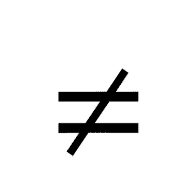 Some things are not equal, even if we want to redefine our terms to say so.
Some things are not equal, even if we want to redefine our terms to say so.
XI.
There is no question that a civil redefinition of
marriage introduces a host of logical problems and of religious liberty issues,
as well. If same-sex marriage is
approved, we must, seriously, be prepared for the legalization of polygamy,
prostitution, and consensual incest. It
has already happened in some countries.
Likewise, in European nations (and some US States) that have approved such unions,
individuals that refuse to, for instance, take a job photographing a gay
marriage, and this for religious reasons, are subject to prosecution for
discriminatory practices. We must be
careful that we are not setting ourselves up for being legally coerced into
accepting far more than foreseen.
XII.
Finally, as Catholics, we clearly have a duty to defend traditional marriage, even in civil law, as
Pope Benedict XVI clearly states to the Bishops of the United States: “In this regard, particular mention must be made of the
powerful political and cultural currents seeking to alter the legal definition
of marriage. The Church’s conscientious effort to resist this pressure calls
for a reasoned defense of marriage as a natural institution consisting of a
specific communion of persons, essentially rooted in the complementarity of the
sexes and oriented to procreation. Sexual differences cannot be dismissed as
irrelevant to the definition of marriage. Defending the institution of marriage
as a social reality is ultimately a question of justice, since it entails
safeguarding the good of the entire human community and the rights of parents
and children alike.” Promoting
this redefinition in the name of civil rights may be a sincere effect to
promote equality, but, in the end, runs dangerously afoul of the Church’s teaching on the matter, and the
traditional interpretation of the Constitution.
We must not be cowed into silence, either on the leftist charge of bigotry, or because of libertarian denial of public morals!
For some more links and thoughts on family from the centuries gone by, you might note my earlier post:
http://thoscole.blogspot.com/2012/05/thoughts-on-family.html
UPDATED (20.VI): I recently came upon this article, which makes a number of excellent points on the subject:
http://www.lifesitenews.com/news/what-harm-would-it-do-to-legalize-gay-marriage/
Live well!


